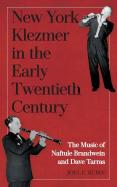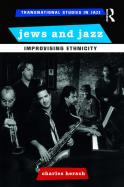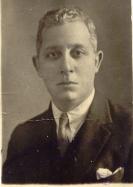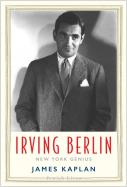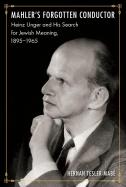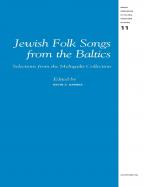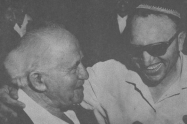(360 results found)
Book Review: Joel E. Rubin, New York Klezmer in the Early Twentieth Century
… Joel E. Rubin, New York Klezmer in the Early Twentieth Century: The Music of Naftule Brandwein and Dave Tarras . Syracuse: … analyzing the melodic lines of two clarinetists, in eighty-three recordings over a seven-year slice of history, Rubin …
Book Review: Charles B. Hersch, Jews and Jazz Improvising Ethnicity
… first stop for those wishing to have some understanding of the complicated subject. Indeed, nearly everything about the history of Jews and jazz music is difficult to … The book is organized chronologically and by theme into three parts. Part I, “Becoming American”, discusses the …
Moshe Cordova
… 1881 – d. Tel Aviv, Israel, 22.12.1965) was a master of the Turkish ma ka m . Cordova was born in Edirne, an important Ottoman Jewish musical hub since the late 17 th century. Our knowledge about Cordova’s early … ethnomusicologist Leo Levi interviewed Cordova in Tel Aviv. Three songs are included in Levi’s precious recording. One …
Purim Lanu, Pesah a la Mano: Celebrating Flory Jagoda (1923-2021)
… 25 … 41041 … Back in 2008 we dedicated our Song of the Month to the popular piyyut “Purim, Purim, Purim lanu” (“Purim, … bread for eight days. Aman… Aman… The song consists of three stanzas of four lines each and a refrain. The stanzas …
Book review: James Kaplan, Irving Berlin: New York Genius
… chattily written, without enthusiasm for challenging any of the myths, giving its hero the benefit of the doubt in awkward situations (of which … in his enthusiasm for his subject. At his outset, three pages of his preface are given to an exordium of the …
Book review: Hernan Tesler-Mabé, Mahler’s Forgotten Conductor
… Press, 2020. Biographical narratives are often based on the idea of historical influence: they aim at demonstrating how individuals altered the course … this mythization most lucidly when Tesler-Mabé equates the “three blows of fate” the hit Mahler — which were allegedly …
Elohim hashivenu: A liturgical insertion for the High Holidays in Salamone Rossi's version in Italy and beyond
… into several minhagim (“customs” or “traditions”) once the printing press started to produce prayer books in rapidly increasing numbers to satisfy the expanding demand. Many unique liturgical passages, whose … , some of them only in one. Such a passage is a string of three verses from Psalm 80 which is recited by the cantor …
Review essay: Kevin C. Karnes and Emilis Melngailis, Jewish Folk Songs from the Baltics
… C. Karnes and Emilis Melngailis, Jewish Folk Songs from the Baltics: Selections from the Melngailis collection . Middleton WI: A-R … the famous song Hava Nogilo (no. 53). This melody has three parts. In terms of harmonic minor, two sections end on …
Bore ‘ad ana – A Dirge for the Ninth of Av and its Geographical Distribution
… 2 … 712 … “Bore ‘ad ana” (“Creator until when?”) is one of the most ubiquitous qinot (dirges) in the order of prayers for the Ninth of Av among the Sephardic … poem consists of six stanzas of four lines each: the first three lines consist of eleven phonetic syllables each (5+6), …
The Fall of Jerusalem in Song: The Ashkenazi Melody She’eh ne’esar
… … 714 … In his pioneer publication Hebrew Hymn Melodies : The Rise and development of a Musical Tradition (Tel Aviv, 1970), Hanoch Avenary set a new bar in the musicological study of the piyyut . His insights on a … twenty-one days after the Seventeenth of Tammuz, ending a three weeks’ period of bereavement in the Jewish calendar. …

